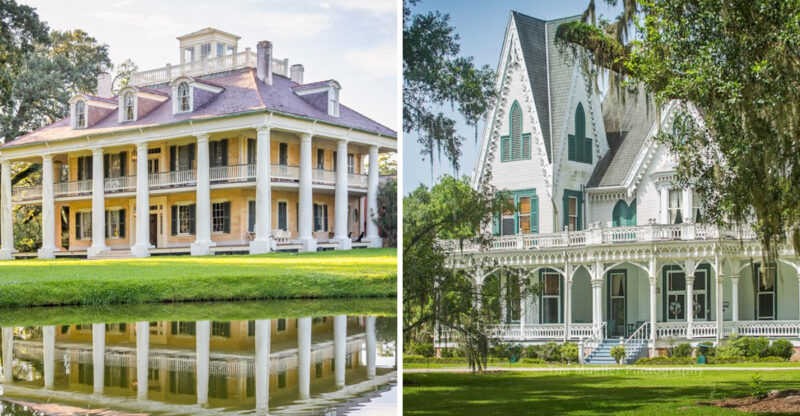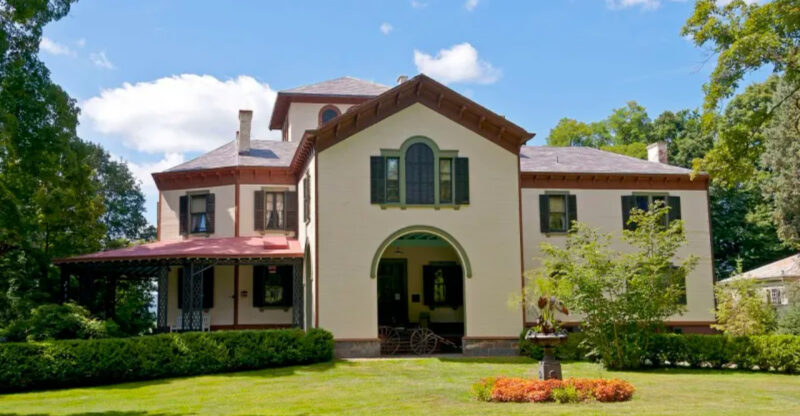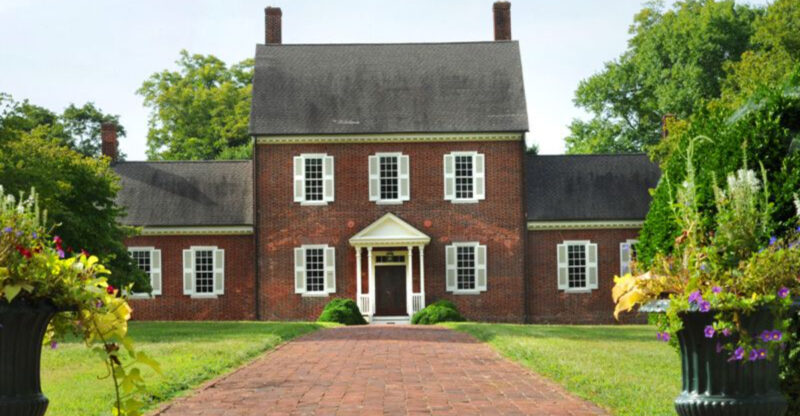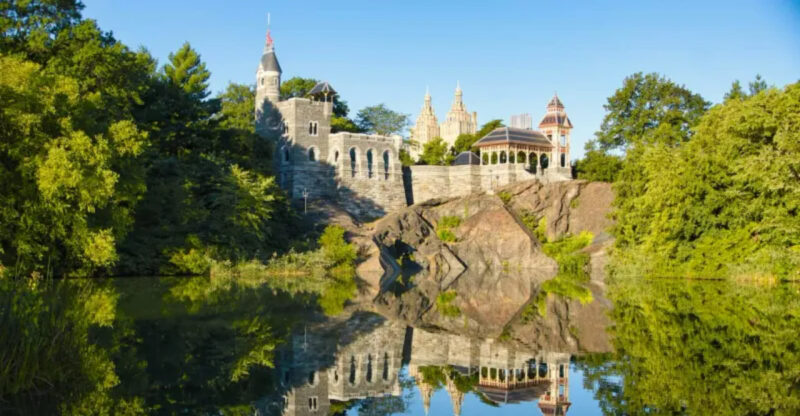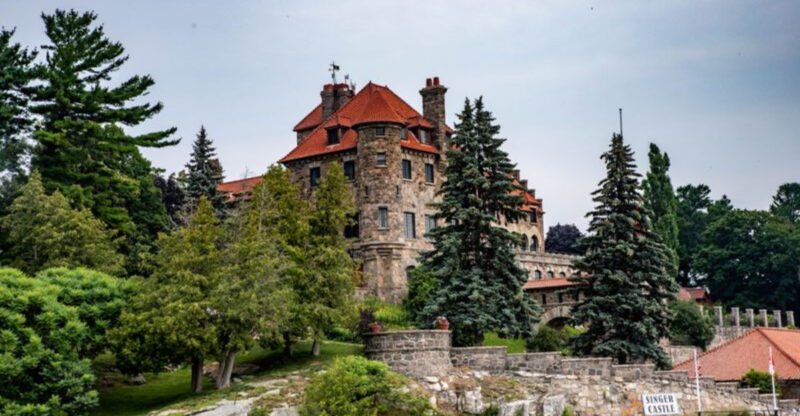The Astors’ Architectural Legacy: 15 Grand Estates From A Gilded Age Dynasty
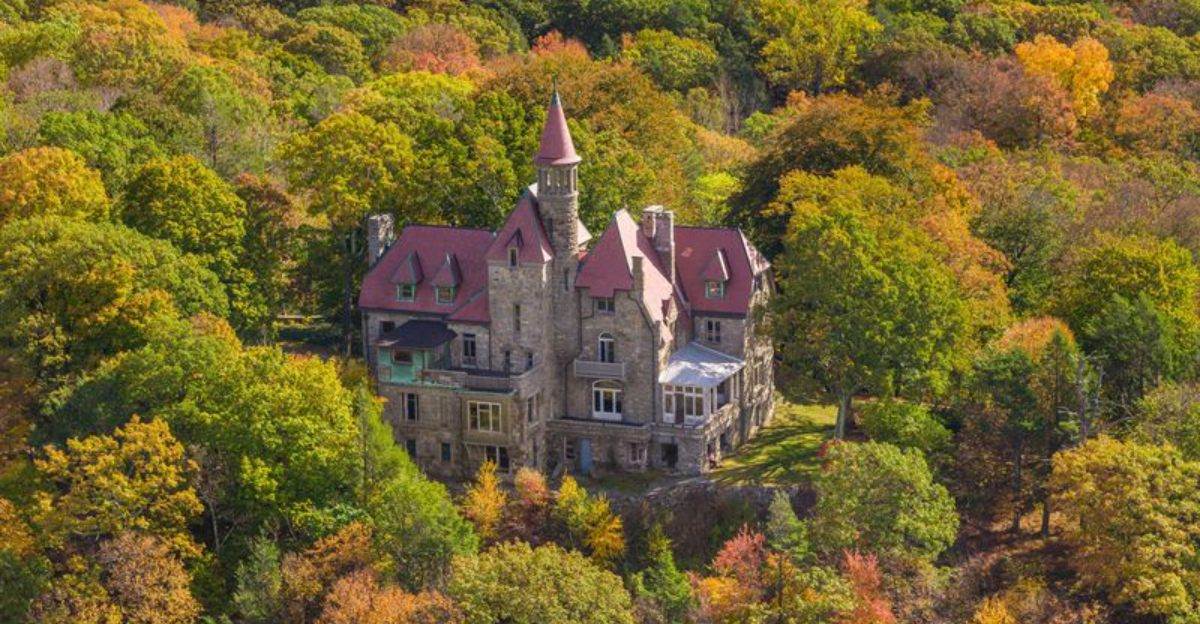
Wealth alone didn’t make the Astors legendary – it was how they built with it. At the height of the Gilded Age, this storied family didn’t just accumulate real estate; they redefined it.
Their homes weren’t simply places to live – they were statements of power, taste, and permanence.
From opulent Fifth Avenue palaces to restored English castles, each property reflected a different chapter in their rise, and a broader story about status, architecture, and ambition. The Astor name wasn’t just etched in stone – it was built into the walls of some of the most iconic homes the world has ever seen.
1. Beechwood Mansion – Newport, Rhode Island
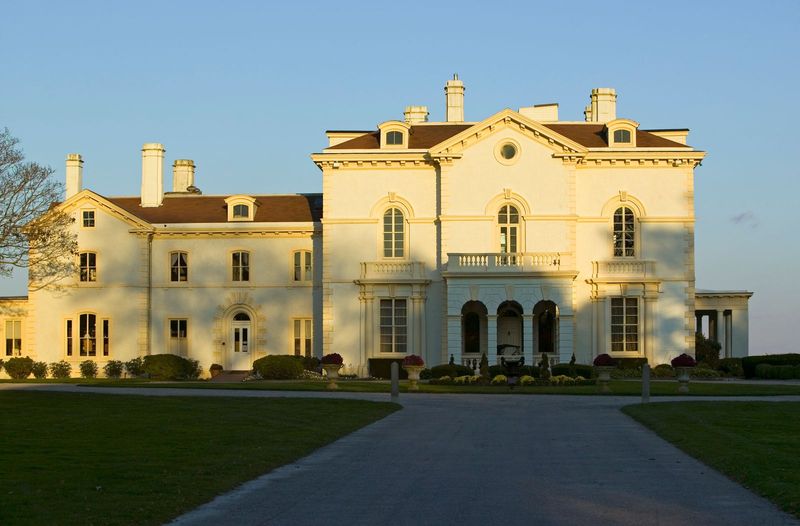
Perched along Newport’s famous Cliff Walk, this summer palace became the crown jewel of Mrs. Caroline Astor’s social empire in the 1880s.
The grand ballroom could accommodate her famous ‘400’ guests – the elite number she deemed worthy of high society membership. Elaborate parties and exclusive gatherings made this Italianate-style mansion the epicenter of America’s social aristocracy.
2. Astor Courts – Rhinebeck, New York
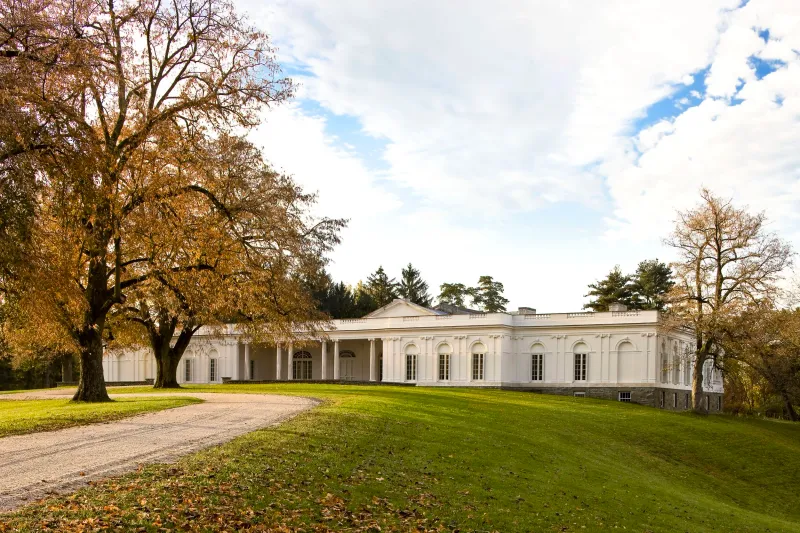
Originally constructed as a sporting pavilion in 1904 for John Jacob Astor IV, this limestone masterpiece gained modern fame as Chelsea Clinton’s wedding venue.
Stanford White designed the elegant structure featuring an indoor tennis court and swimming pool. The Italian Renaissance-inspired estate underwent meticulous restoration in recent years, preserving its status as an architectural treasure along the Hudson River.
3. Waldorf-Astoria – New York City
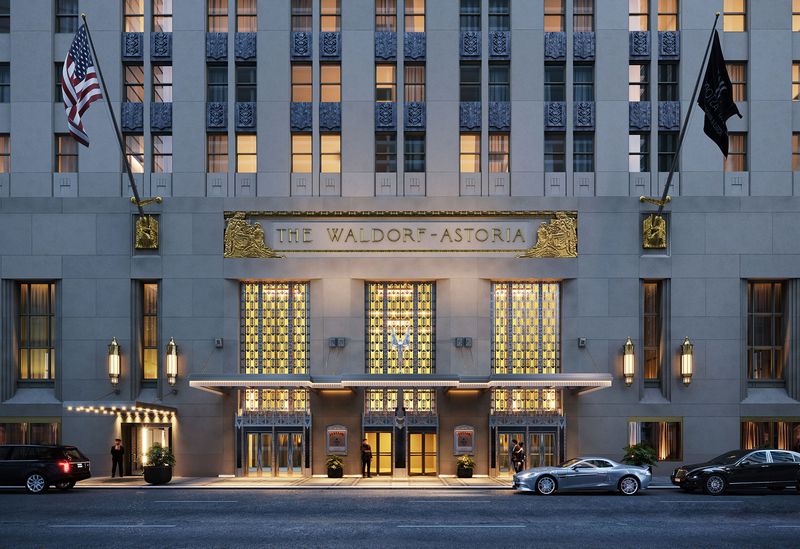
Rising from a bitter family feud and a bold architectural gamble, the original Waldorf-Astoria became the gold standard for American luxury. William Waldorf Astor first razed his Fifth Avenue mansion in 1893 to build the Waldorf Hotel, a move seen as both spiteful and visionary.
Four years later, his cousin John Jacob Astor IV answered with the adjoining Astoria Hotel, and a connecting corridor united the rivals into one grand institution. With electric lights, private baths, and lavish ballrooms, the Waldorf-Astoria redefined what a hotel could be – more than lodging, it was a social stage for Gilded Age New York.
4. Ferncliff Estate – Rhinebeck, New York
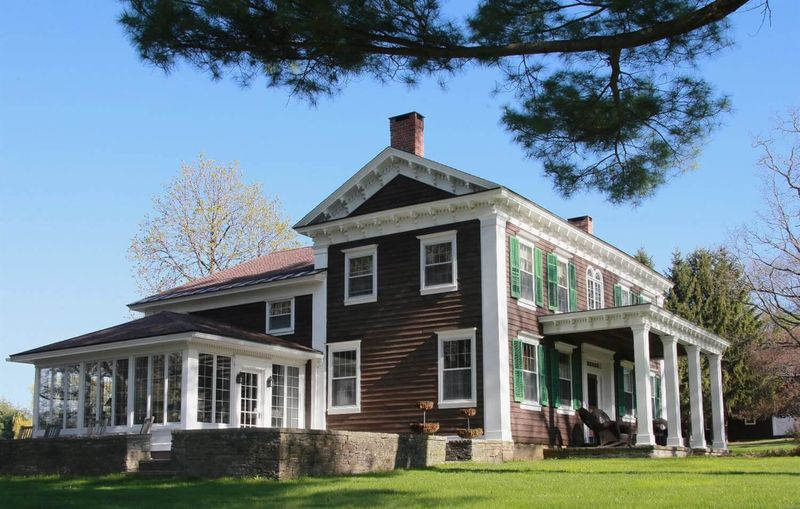
Vincent Astor transformed this 2,800-acre property into a horticultural wonderland along the Hudson River. The estate featured experimental gardens and agricultural innovations that reflected Vincent’s passion for scientific farming.
Though the main house was demolished in 1940, the property’s legacy endures through its sprawling grounds and remaining structures like the squash courts and swimming pool pavilion.
5. The Astor Mansion – 840 Fifth Avenue, New York City
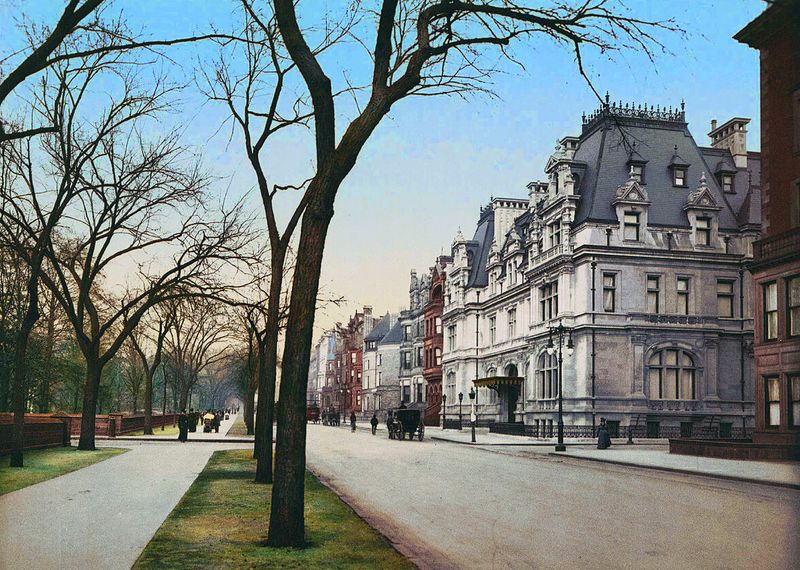
Caroline Astor’s urban castle established Fifth Avenue as Manhattan’s most coveted address. Completed in 1896, this French Renaissance château featured a grand ballroom with gilded moldings and crystal chandeliers.
The mansion’s triple-height great hall welcomed America’s elite with its marble staircase and stained glass dome. Though demolished in 1926, its opulence set the standard for New York’s luxury residences.
6. Rokeby Estate – Barrytown, New York
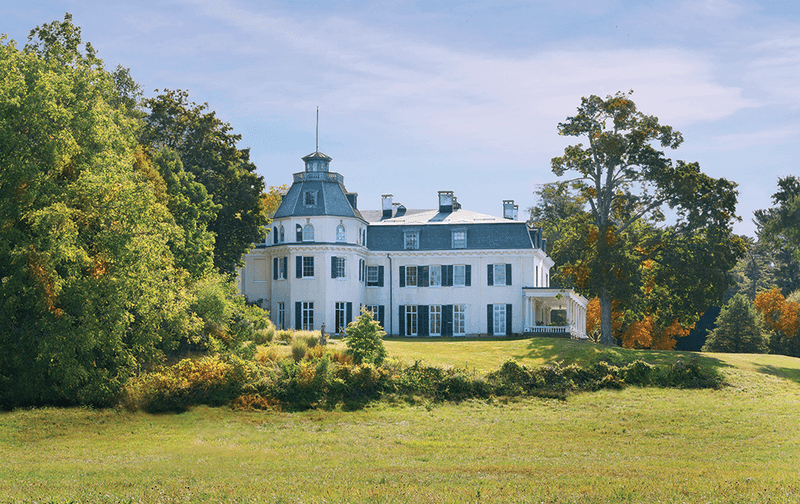
Through marriage connections, this 450-acre Hudson Valley jewel entered the extended Astor family in the early 1800s. The Federal-style mansion grew over generations to include 43 rooms filled with heirlooms and ancestral portraits.
Unlike many Astor properties, Rokeby remarkably remains in family hands today. Its weathered grandeur tells a story of American aristocracy across ten generations of continuous family ownership.
7. Cliveden – Buckinghamshire, England
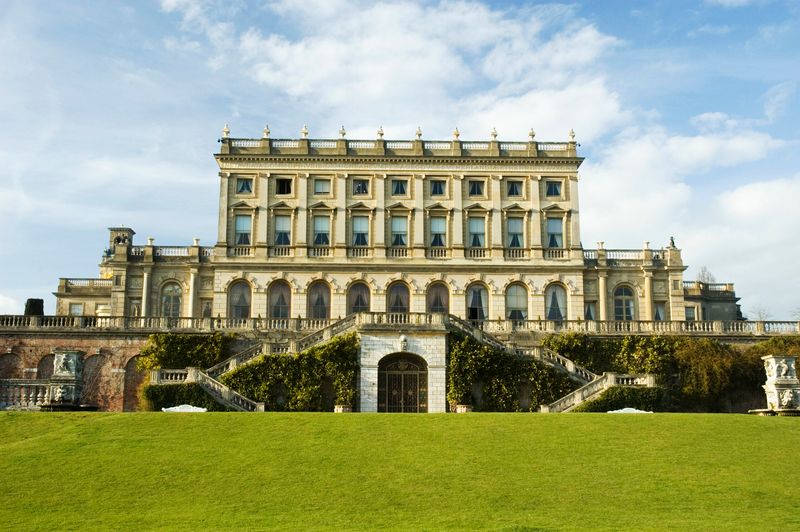
William Waldorf Astor’s British estate showcased the family’s international ambitions after he relocated to England in 1891. The magnificent Italianate mansion sits amid 375 acres of formal gardens and woodlands.
As a wedding gift to his son Waldorf and daughter-in-law Nancy, Cliveden became a center of political and social power. Famous for the Profumo Affair scandal in the 1960s, the estate now operates as a luxury hotel.
8. The Astor Home For Children – Rhinebeck, New York
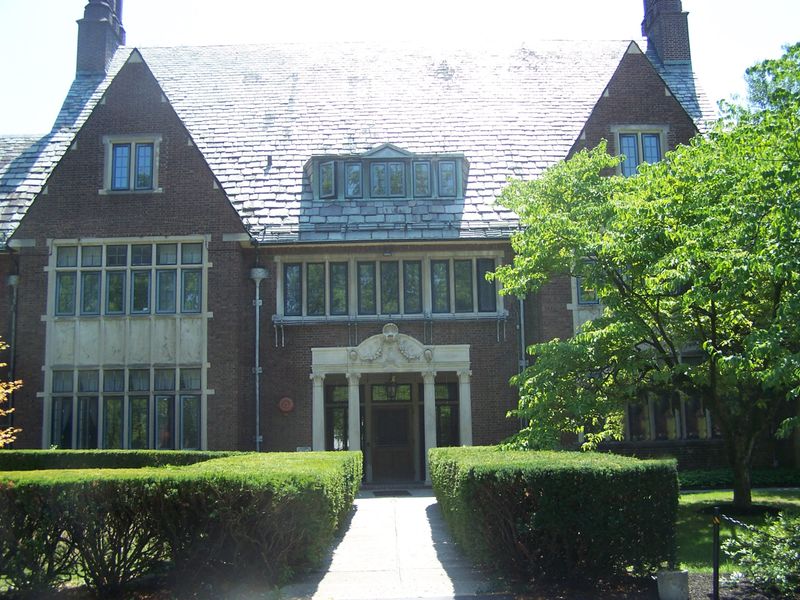
Beyond residential splendor, John Jacob Astor’s philanthropic vision created this charitable institution in 1914. The Tudor-style complex featured cottage-style living arrangements rather than institutional dormitories.
Designed to provide disadvantaged children with a supportive home environment, the facility reflected progressive childcare philosophies. Today, the campus continues its mission as the Astor Services for Children & Families, though with modernized approaches.
9. Astor Place Residence – New York City
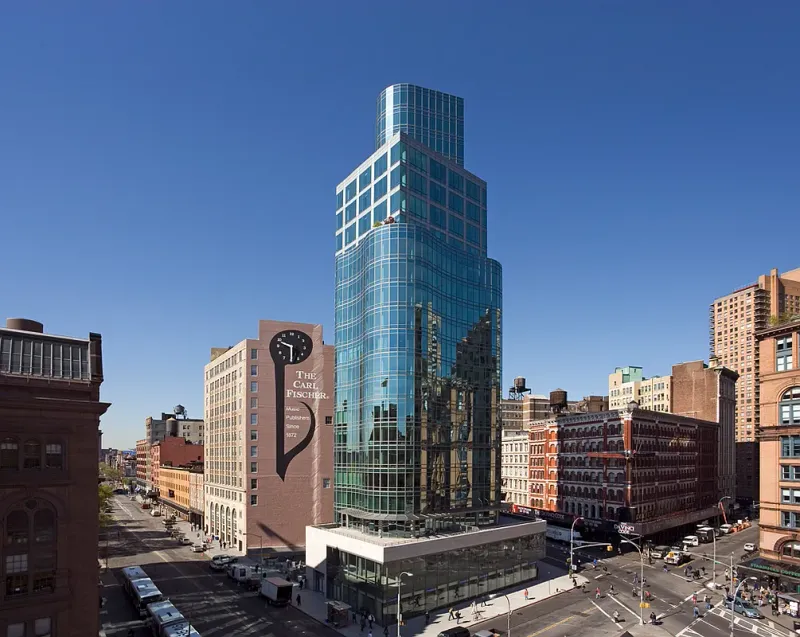
Located at the intersection that still bears the family name, John Jacob Astor III’s downtown Manhattan residence helped transform the neighborhood into a fashionable district.
The elegant brownstone stood near the Astor Library, which later became part of the New York Public Library. While the mansion disappeared during commercial development, Astor Place remains a vibrant cultural landmark in modern Manhattan.
10. The Astor Double House – 34 & 36 West 54th Street, New York City
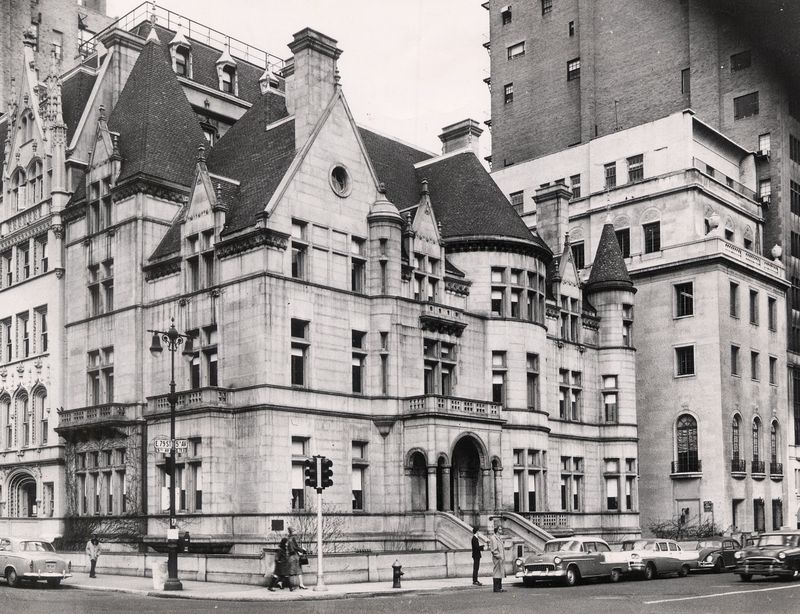
Architectural innovation defined this unusual project – twin connected townhouses built for William Backhouse Astor Jr.’s daughters Charlotte and Caroline. Completed in 1902, the matching limestone façades presented a unified street presence while maintaining separate households.
Richard Morris Hunt designed these elegant residences with French Renaissance details. Though now gone, they exemplified how the Astors used architecture to maintain family connections.
11. Hever Castle – Kent, England
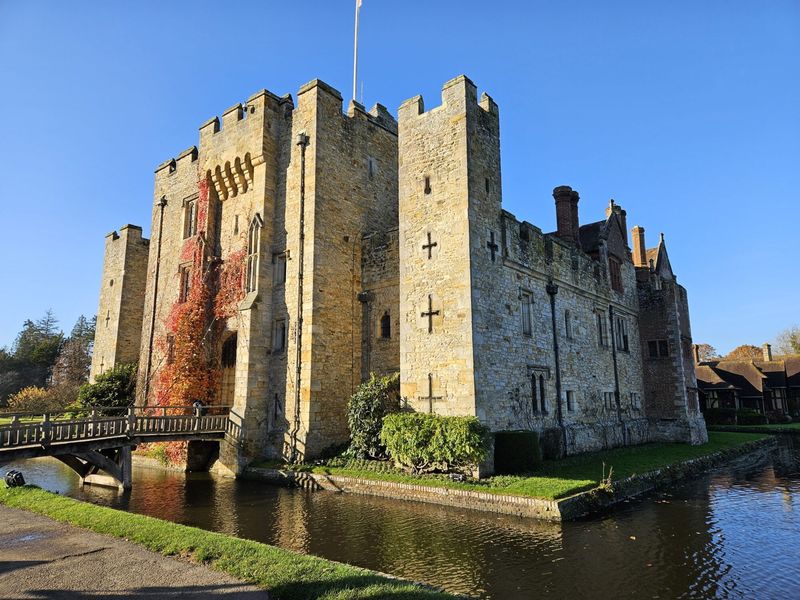
Medieval history and Astor wealth merged when William Waldorf Astor purchased Anne Boleyn’s childhood home in 1903. Spending millions on restoration, he added an entire Tudor village and magnificent Italian gardens.
The moated castle’s interior showcases priceless art and antiques collected during his ambassadorship. William’s vision transformed a crumbling historic site into one of England’s most spectacular country estates, now open to the public.
12. 130 East 80th Street – New York City
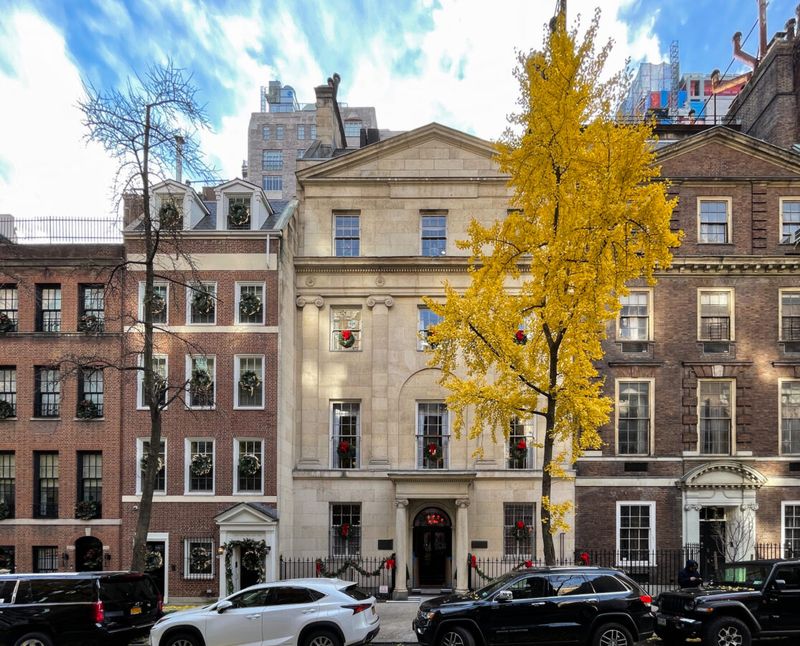
Brooke Astor, the last grande dame of the dynasty, maintained this elegant townhouse as her primary residence until her death in 2007. The five-story red brick mansion contained her famous library filled with first editions and literary treasures.
Decorated by renowned designer Albert Hadley, the interiors featured Brooke’s signature red lacquer walls and carefully curated art collection. Her home became the setting for legendary philanthropic gatherings.
13. Greystoke Castle – Cumbria, England
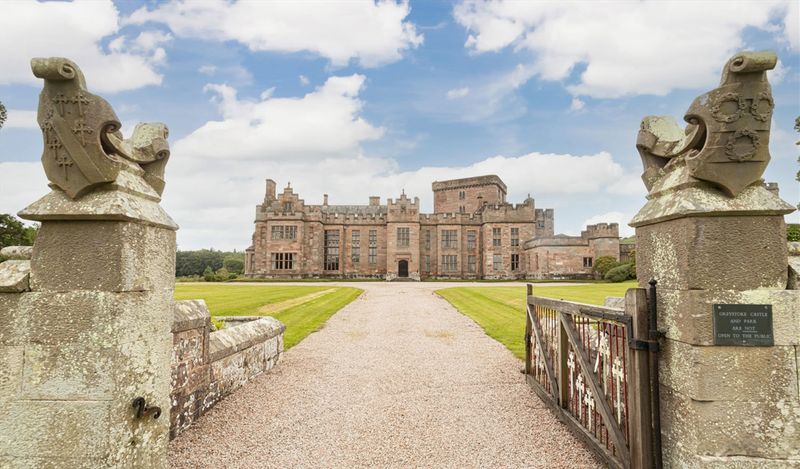
Mythology and reality blend at this medieval stronghold purchased by William Waldorf Astor in the 1890s. Though less famous than his other properties, this remote northern castle connected the family to ancient English aristocracy.
The castle’s name later inspired Edgar Rice Burroughs’ Tarzan of the Apes, whose protagonist was Lord Greystoke. Extensive renovations modernized the fortress while preserving its dramatic Gothic character.
14. The Astor Estate At Garrison – Garrison, New York
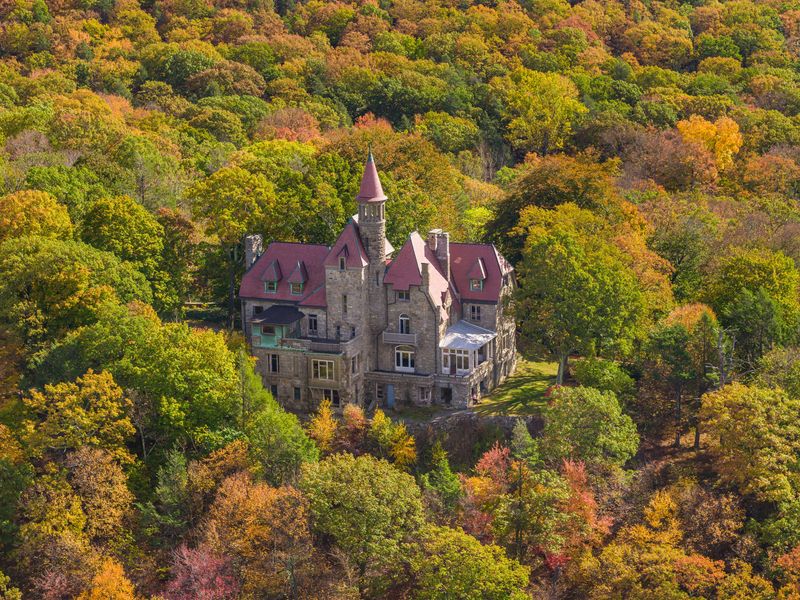
Dramatic Hudson River views defined this lesser-known Astor property in the Hudson Highlands. Acquired by William Backhouse Astor in the mid-19th century, the estate featured rolling hills and spectacular vistas that inspired Hudson River School painters.
The property included working farms and tenant houses alongside the main residence. Though changed over generations, portions of the land remain protected as part of the Hudson Highlands State Park.
15. Villa Astor – Sorrento, Italy
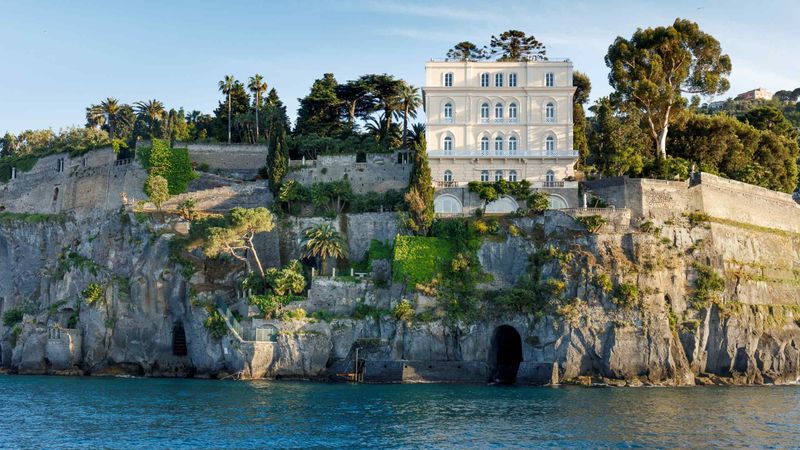
Once a private sanctuary for William Waldorf Astor, this Italian villa embodied his passion for classical art, symmetry, and cultivated elegance. Behind its gates, formal gardens unfolded with ancient sculptures and rare botanicals, while interiors showcased marble finishes and museum-worthy antiquities.
Designed as both a retreat and a statement, Villa Astor reflected the family’s refined eye and deep admiration for European history. Though no longer in the family, its legacy lives on as one of the most beautifully preserved expressions of old-world grandeur.

